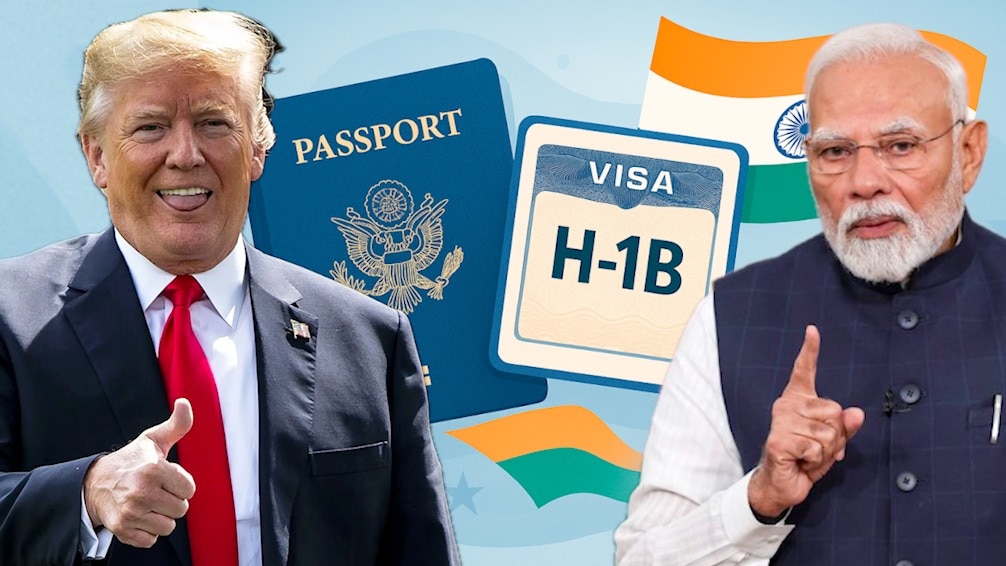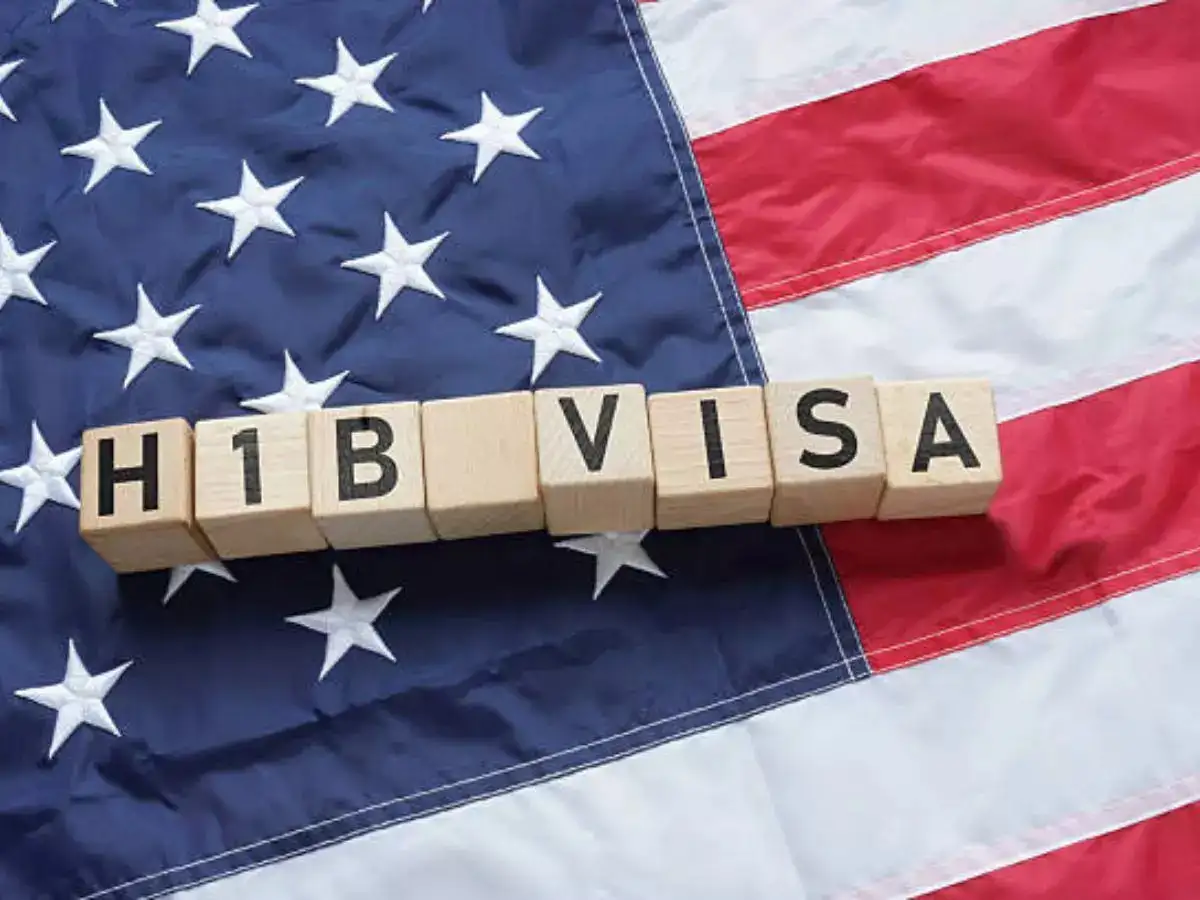White House Defends $100K H-1B Visa Fee Amid Mounting Legal Challenges
The outcome of these lawsuits will determine the future accessibility and cost-effectiveness of the H-1B program, profoundly impacting talent acquisition for U.S. businesses and career pathways for skilled foreign workers.

Subscribe to our newsletter and stay informed about latest H1B news, policy updates and and other developments.
Article Summary
The Trump administration is defending its new $100,000 H-1B visa fee against multiple lawsuits, including one filed by the US Chamber of Commerce. Critics argue the fee violates immigration law and harms businesses reliant on skilled talent, while the White House asserts it protects American workers and curbs visa system abuse. The administration vows to fight these legal challenges in court.
Original Article: timesofindia.indiatimes.com
[ Sentiment: negative | Tone: factual ]
This summary and analysis were generated by TheNewsPublisher's editorial AI. This content is for informational purposes only; it does not constitute legal or immigration advice.
[ Sentiment: negative | Tone: factual ]
This summary and analysis were generated by TheNewsPublisher's editorial AI. This content is for informational purposes only; it does not constitute legal or immigration advice.
TNP AI: Key Insights
This proposed $100,000 H-1B fee represents an unprecedented increase from the typical processing costs, which historically range in the low thousands. If upheld, this dramatic hike would fundamentally alter the economic viability of sponsoring H-1B visas, especially for startups, small businesses, and non-profit organizations that rely on skilled foreign talent but operate with tighter budgets.
The legal challenges, spearheaded by the U.S. Chamber of Commerce, hinge on whether such a fee aligns with the Immigration and Nationality Act's mandate for fees to reflect actual processing costs. A ruling in favor of the administration could set a precedent for future executive actions to significantly raise visa costs, potentially compelling companies to explore alternative visa pathways (like L-1 or O-1) or shift operations to countries with more predictable and affordable skilled immigration programs, impacting U.S. competitiveness in global talent attraction.




